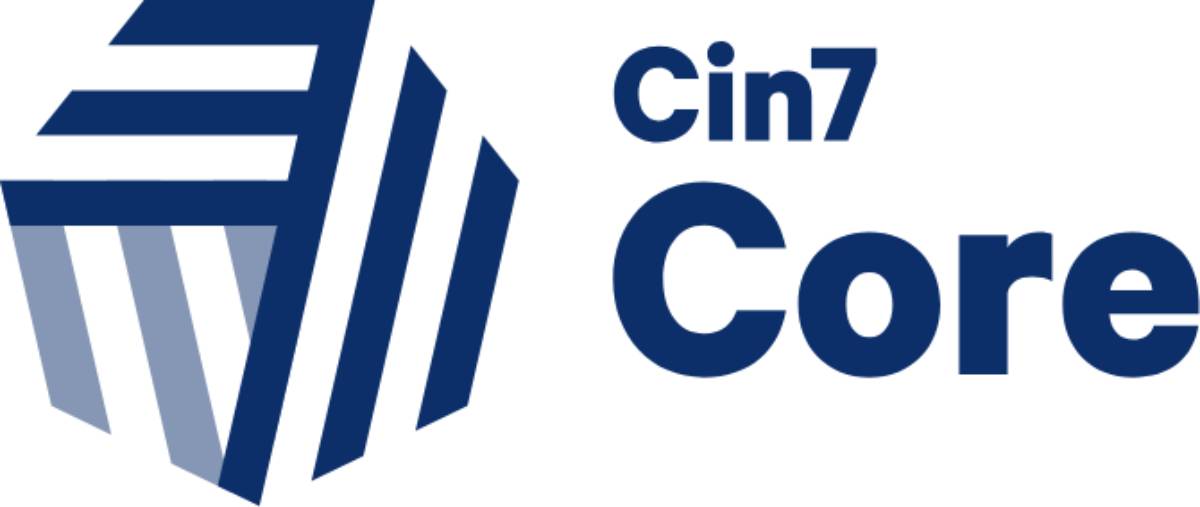
Top Inventory Management Software for Small Businesses: Tools That Transform Chaos into Clarity
Why Small Businesses Need Smart Inventory Software
Running a small business often means wearing many hats. You’re the buyer, the seller, and the stock keeper. Often, you also handle late-night stock counts. You’re not alone if you’ve ever lost inventory, oversold an item, or wasted hours on spreadsheets.
This is where choosing the right inventory software can transform your operations. With the right tools, you move from reactive to proactive, from chaos to control.
This guide covers the top inventory software choices for small businesses. You’ll discover how to choose the right tools for you. You’ll also learn to avoid common mistakes. Plus, you’ll find features that save time, lower costs, and boost your profits.
Let’s explore how technology can simplify your stockroom.
What Is Inventory Management Software?
Inventory management software helps businesses track, manage, and optimise their stock. It works across various locations and sales channels.
Key Functions Include:
- Real-time inventory tracking
- Automated reordering
- Barcode scanning & label printing
- Integration with e-commerce and accounting platforms
- Inventory analytics and reporting
For small businesses, it’s not just a convenience — it’s a competitive advantage.
Want to better understand your software needs? Start with Choosing the Right Inventory System for Your Business.
How to Choose the Right Inventory Software for Small Business Needs
1. Define Your Requirements
Are you a product-based business selling across platforms like Shopify, Etsy, and Amazon? Or a service provider with limited SKUs?
Write down:
- Number of products you manage
- Sales channels used
- Warehouses or store locations
- Required integrations (e.g., Xero, QuickBooks, WooCommerce)
2. Scalability and Flexibility
The best software grows with you. Look for:
- Flexible pricing tiers
- Add-on modules
- Multi-location support
3. User-Friendly Interface
No one wants to battle clunky software. Ensure:
- Simple dashboards
- Mobile app access
- Easy training for staff
4. Customer Support

You’ll need help setting up or troubleshooting. Choose vendors with:
- 24/7 chat or phone support
- Rich knowledge base
- Quick response times
Top Inventory Software for Small Businesses (Ranked by Use Case)
1. Zoho Inventory – Best Overall for SMBs
Why We Like It:
- Affordable plans
- Great integrations (Shopify, Amazon, Etsy, QuickBooks)
- Clean user interface
- Free plan available
Standout Features:
- Multi-channel order management
- Shipping label generation
- Serial number and batch tracking
Ideal For: E-commerce stores and retail businesses
2. Sortly – Best for Visual Inventory Tracking
Why We Like It:
- Visual interface with images
- Drag-and-drop categorisation
- Mobile-first design
Standout Features:
- QR code generation
- Inventory alerts
- Offline mode support
Ideal For: Creative industries, event companies, equipment rentals
3. inFlow Inventory – Best for Manufacturers and B2B
Why We Like It:
- Handles complex workflows
- Robust reporting tools
- Good for wholesale businesses
Standout Features:
- Bill of Materials (BOM)
- Work orders
- Barcode scanning
Ideal For: B2B, light manufacturing, wholesale
4. TradeGecko (Now QuickBooks Commerce) – Best for QuickBooks Users
Why We Like It:
- Seamless QuickBooks integration
- Global multi-currency and warehouse support
- Beautiful UX
Standout Features:
- Real-time inventory sync
- Sales order automation
Ideal For: Retailers already using QuickBooks Online
5. Cin7 Core (formerly DEAR Systems) – Best for Advanced Integrations

Why We Like It:
- Highly customisable
- Works well with Shopify, Magento, and Amazon
- Robust accounting and reporting
Standout Features:
- Manufacturing module
- Advanced analytics
- POS integration
Ideal For: Medium-small businesses with complex needs
Comparing Pricing & Features at a Glance
| Software | Free Plan | Pricing (From) | Best For | Key Features |
|---|---|---|---|---|
| Zoho Inventory | Yes | £30/month | E-commerce, retail | Multi-channel, order tracking |
| Sortly | Yes | £25/month | Visual workflows, rentals | QR, visual stock, alerts |
| inFlow | No | £45/month | B2B, manufacturing | BOM, work orders, B2B portals |
| TradeGecko/QBC | No | £60/month | QuickBooks users, global sellers | Real-time sync, currency support |
| Cin7 Core | No | £70/month | Complex inventory, integrations | Advanced analytics, POS, and ERP features |
Integrations That Matter
Make sure your inventory tool integrates with:

- CRM tools: HubSpot, Salesforce
- E-commerce platforms: Shopify, WooCommerce, Amazon
- Accounting: Xero, QuickBooks, MYOB
- Shipping carriers: UPS, FedEx, ShipStation
Common Mistakes Small Businesses Make With Inventory Software
- Choosing software that’s too complex
- Neglecting staff training
- Ignoring software updates
- Failing to set inventory rules or reorder points
Learn how to avoid these issues in our article Common Inventory Management Mistakes to Avoid.
Real-Life Success Story: Lily’s Boutique Goes Digital
Lily owns a boutique fashion store in Brighton. She juggled sales on Etsy, in-store, and via Instagram. But her manual spreadsheets caused double-sold items and missing sizes.
She switched to Zoho Inventory. Then, she synced her sales channels and used barcode labels in-store. Result?
- 40% reduction in fulfilment errors
- Daily stock reports
- 20% more time to focus on marketing
“I never thought I’d love inventory software, but here we are,” she laughs.
Key Features to Prioritise Based on Your Business Type
For Retail Stores:
- POS integration
- Label printing
- Multi-location support
For E-commerce:
- Real-time sync across platforms
- Low stock alerts
- Shipping integration
For Manufacturers:
- BOM and work orders
- Production cost tracking
- Batch number tracing
For Service Providers:
- Basic stock tracking
- Client history records
- Mobile access
Preparing for Implementation
- Audit current inventory methods
- List your SKUs and categories
- Decide your stock-taking method (FIFO, LIFO, weighted average)
- Train your team gradually
Implementation can take 2–6 weeks, depending on size and complexity.
Future Trends in Inventory Software
- AI-driven demand forecasting
- Voice-assisted inventory updates
- IoT integration with smart shelves
- Augmented reality for warehouse navigation
Investing early helps future-proof your business.
Conclusion: From Headaches to Harmony
Choosing the right inventory software is not just about technology. It’s about saving your time, avoiding costly errors, and helping your business grow sustainably.
You deserve tools that work with you, not against you.
Here’s what to do next:
- Trial 1–2 top software picks for 14 days
- Talk to vendors about integration options
- Involve your team in testing
Which tool are you leaning towards? Share your thoughts below or ask us for help deciding.


